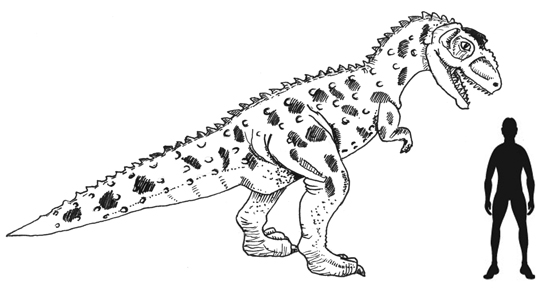Year 1 and Dinosaurs
Mobberley Primary School and Dinosaurs
It was a big day today for the children in Key Stage 1 at Mobberley C.E. Primary! Not only was the entire school celebrating World Book Day but Year 1 had a special morning of dinosaur themed teaching activities to help kick-start their term topic all about prehistoric animals. The workshop we delivered was designed to link into the scheme of work that had been put together by the class teacher with the help and support of the teaching assistants.
Dinosaur Workshop
Learning all about dinosaurs and animals that lived in the past provides plenty of opportunities for both fiction and non-fiction writing and the eager, young palaeontologists from Year 1 demonstrated lots of amazing pre-knowledge. Rufus was able to identify Ankylosaurus and Zack explained how ammonites used gas to help them float around in the sea. The girls got in on the fun too. They learned a “super fact” all about T. rex that made their day.
For models and replicas of T. rex and other dinosaurs: Wild Safari Prehistoric World.
Digging for Dinosaurs in the Classroom
Picture credit: Everything Dinosaur/Mobberley C. E. Primary School
Year 1 and Dinosaurs
We provided some extension ideas to help support confidence with numbers and challenged Miss Dalton to learn the Mary Anning tongue twister that we emailed across. There was even a special “dinosaur dig” area in the classroom (thanks for telling us about this fantastic teaching resource Mrs CardenDoorey). Using paintbrushes, the children could have a go at brushing away the sand to find the dinosaur skeleton. We wonder what it might be a herbivore, a carnivore or even an omnivore?
Miss Stephenson, (dressed as Mary Poppins for World Book Day), was asked to identify a special object. It was a good job her class had some super listening skills, so that they could help her with this task. Even Mary Poppins would have struggled with some of the names of dinosaurs, they can be very long and difficult to say, but not as long or as difficult as “supercalifragilisticexpialidocious”!
All too soon, it was time to say goodbye, but our dinosaur expert did set the children some “pinkie palaeontologist challenges” such as could they draw a dinosaur and label its body parts, including the dinosaur’s skull?
Visit Everything Dinosaur’s award-winning website: Everything Dinosaur.




